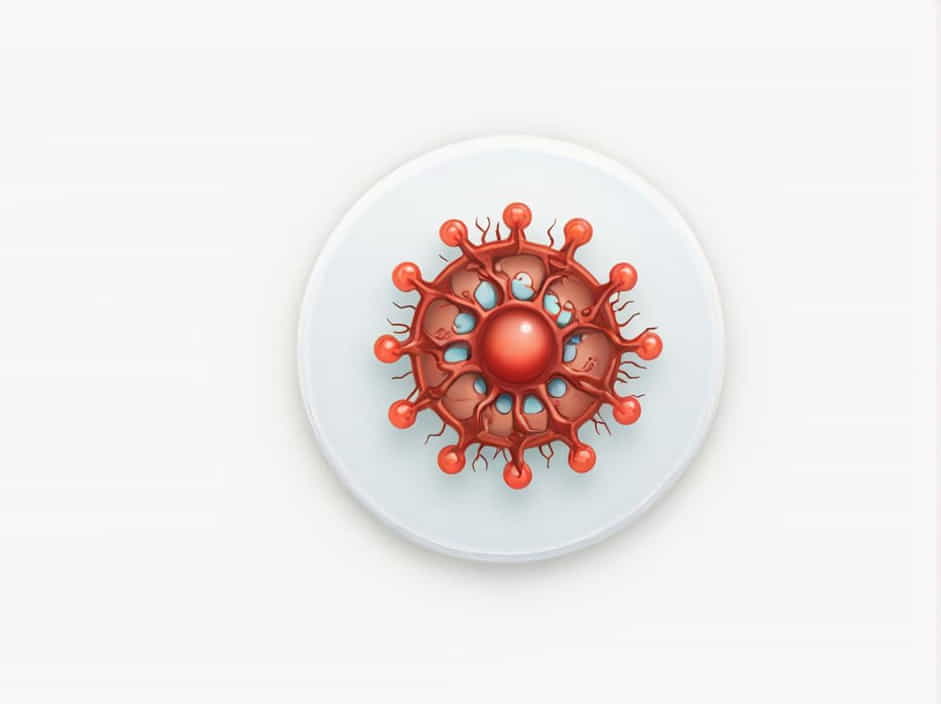Blood clotting, or coagulation, is a complex biological process that prevents excessive bleeding when a blood vessel is injured. It involves a series of biochemical reactions that lead to the formation of a stable clot, sealing the damaged area and allowing tissue repair.
This mechanism is essential for wound healing, but abnormalities in clotting can lead to serious medical conditions, such as hemophilia, deep vein thrombosis (DVT), or stroke.
This topic explores the step-by-step process of blood clotting, the key factors involved, and its significance in maintaining vascular health.
Phases of Blood Clotting
Blood clotting occurs in three major phases:
-
Vascular Spasm (Vasoconstriction)
-
Platelet Plug Formation
-
Coagulation Cascade (Fibrin Clot Formation)
Each phase involves different cellular and chemical interactions, working together to stop bleeding efficiently.
1. Vascular Spasm: The Initial Response
The first response to injury is vasoconstriction, where the blood vessel narrows to reduce blood loss.
-
When a vessel is injured, the smooth muscle in the vessel wall contracts.
-
This constriction limits blood flow to the damaged area.
-
The damaged cells release vasoconstrictor chemicals, such as endothelin and serotonin, which enhance this response.
Although vascular spasm is a temporary measure, it provides time for the next phase of clotting to occur.
2. Platelet Plug Formation: The Temporary Seal
Platelets, also known as thrombocytes, play a crucial role in forming a temporary plug at the injury site.
Step 1: Platelet Adhesion
-
When the inner lining (endothelium) of a blood vessel is damaged, it exposes collagen fibers.
-
Platelets bind to these fibers using a protein called von Willebrand factor (vWF).
Step 2: Platelet Activation
-
The attached platelets change shape and release chemicals like ADP (adenosine diphosphate), thromboxane A2, and serotonin.
-
These substances attract more platelets to the site.
Step 3: Platelet Aggregation
-
Platelets stick together, forming a temporary platelet plug.
-
This plug is not strong enough to stop bleeding completely, so the next phase strengthens the clot.
3. Coagulation Cascade: Formation of a Stable Clot
The coagulation cascade is a series of chemical reactions that reinforce the platelet plug with a strong fibrin mesh. It involves clotting factors, which are proteins that work in a chain reaction to form a stable clot.
There are two main pathways in this cascade:
-
Intrinsic Pathway – Activated by damage inside the blood vessel.
-
Extrinsic Pathway – Triggered by external injuries.
Both pathways converge into the common pathway, leading to fibrin clot formation.
Intrinsic Pathway (Internal Injury Response)
-
Begins when Factor XII (Hageman factor) is activated by exposed collagen.
-
This triggers a series of reactions, activating Factors XI, IX, and VIII.
-
Eventually, Factor X is activated, leading to the common pathway.
Extrinsic Pathway (External Injury Response)
-
Triggered by the release of tissue factor (Factor III) from damaged cells.
-
This activates Factor VII, which then activates Factor X.
Common Pathway (Final Clot Formation)
-
Activated Factor X converts prothrombin (Factor II) into thrombin.
-
Thrombin is a key enzyme that converts fibrinogen (Factor I) into fibrin strands.
-
Fibrin forms a strong mesh, stabilizing the platelet plug into a firm clot.
The final result is a stable fibrin clot that effectively stops bleeding.
Regulation of Blood Clotting: Preventing Excessive Clot Formation
To ensure that clotting only occurs where needed, the body has natural mechanisms to control and limit the process.
1. Anticoagulants (Clot Prevention Proteins)
The body produces natural anticoagulants to prevent unwanted clots:
-
Antithrombin III – Inhibits thrombin and clotting factors.
-
Protein C and Protein S – Work together to degrade clotting factors.
-
Heparin – Enhances the effect of antithrombin III.
2. Fibrinolysis (Clot Breakdown Process)
Once the wound is healed, the clot must be dissolved to restore normal blood flow.
-
The enzyme plasminogen is activated into plasmin, which breaks down fibrin.
-
This process is essential to prevent blood vessel blockages (thrombosis).
Medical Conditions Related to Blood Clotting
1. Excessive Clotting (Hypercoagulability)
Excessive clot formation can lead to:
-
Deep Vein Thrombosis (DVT) – Clots in deep veins, usually in the legs.
-
Pulmonary Embolism (PE) – When a clot travels to the lungs, causing a blockage.
-
Stroke or Heart Attack – Caused by clots in arteries supplying the brain or heart.
2. Insufficient Clotting (Bleeding Disorders)
When clotting fails, excessive bleeding can occur due to:
-
Hemophilia – A genetic disorder where clotting factors are missing.
-
Von Willebrand Disease – Caused by a deficiency in von Willebrand factor.
-
Liver Disease – Since the liver produces clotting factors, its dysfunction can impair coagulation.
Medications That Affect Blood Clotting
Certain drugs are used to control blood clotting:
1. Anticoagulants (Blood Thinners)
-
Warfarin – Reduces clot formation by inhibiting vitamin K-dependent clotting factors.
-
Heparin – Increases antithrombin III activity to prevent clotting.
-
Direct Oral Anticoagulants (DOACs) – Includes rivaroxaban and apixaban, which directly inhibit clotting factors.
2. Antiplatelet Drugs
-
Aspirin – Prevents platelet aggregation.
-
Clopidogrel (Plavix) – Blocks platelet activation.
3. Thrombolytic Therapy (Clot Dissolving Drugs)
- Alteplase (tPA) – Breaks down fibrin clots in emergencies like strokes or heart attacks.
The mechanism of blood clotting is a highly coordinated process involving vascular spasm, platelet plug formation, and the coagulation cascade. It ensures rapid bleeding control while maintaining vascular health.
Proper regulation of clotting is crucial—imbalances can lead to serious conditions like excessive bleeding or dangerous clots. Understanding how blood clotting works helps in preventing, diagnosing, and treating clotting disorders effectively.
